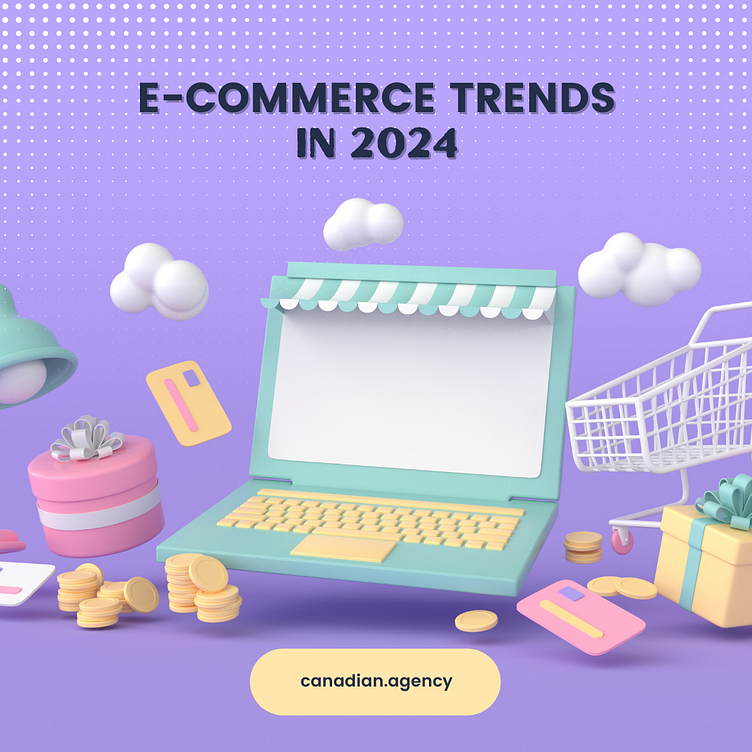Unveiling the Latest Trends in B2B E-Commerce
In the fast-paced world of business-to-business (B2B) e-commerce, staying ahead of the curve is paramount. As we navigate through the digital landscape, several trends are shaping the future of B2B transactions. Let's delve into the latest developments that are redefining the way businesses buy and sell in the online realm.
1. Digital Transformation: Beyond Buzzwords
The buzz around digital transformation has materialized into a fundamental shift in how B2B companies operate. From adopting cloud-based platforms to leveraging data analytics and automation, businesses are embracing a holistic digital approach to streamline processes, reduce costs, and enhance overall efficiency.
2. Mobile Optimization: Commerce in the Palm of Your Hand
As mobile devices become ubiquitous, B2B e-commerce is adapting to a mobile-first approach. Platforms are investing in responsive design, intuitive mobile interfaces, and seamless experiences to cater to on-the-go professionals who demand accessibility and convenience.
3. Personalization: Tailoring Experiences for Success
B2B buyers now expect a level of personalization akin to what they experience in the B2C realm. E-commerce platforms are employing sophisticated algorithms to understand buyer behavior, providing tailored product recommendations, and delivering content that resonates with individual preferences.
4. AI and Machine Learning: The Power of Predictive Analytics
Artificial intelligence and machine learning are not just buzzwords; they are becoming integral to B2B e-commerce. These technologies are transforming processes with predictive analytics, demand forecasting, and AI-driven chatbots for enhanced customer support.
5. Blockchain: Securing Trust in Transactions
Blockchain technology is stepping into the B2B arena, promising increased security, transparency, and traceability. By reducing fraud, ensuring product authenticity, and improving supply chain visibility, blockchain is reshaping how businesses approach trust in their transactions.
6. Subscription-Based Models: A Paradigm Shift in Purchasing
The subscription-based model is gaining ground in B2B e-commerce, offering businesses a predictable revenue stream. This model is particularly effective in industries where customers require regular access to products or services.
7. Marketplaces and Aggregation: The Centralized Hub
B2B marketplaces are thriving, providing a centralized platform for buyers and sellers. These platforms simplify procurement, offering a wide array of products, reviews, and ratings, transforming the way businesses discover and transact with suppliers.
8. AR and VR Integration: Enhancing the Shopping Experience
Augmented Reality (AR) and Virtual Reality (VR) technologies are finding applications in B2B e-commerce, allowing buyers to visualize products in their real-world context. This immersive experience aids in decision-making and bridges the gap between online and offline purchasing.
9. Sustainability and Social Responsibility: A Growing Imperative
B2B buyers are increasingly conscious of sustainability and social responsibility. Businesses that integrate ethical practices and prioritize environmentally friendly processes gain a competitive edge, aligning with the values of their customers.
10. Payment Flexibility and Integration: Adapting to Diverse Needs
To meet the diverse needs of businesses, B2B e-commerce platforms are offering flexible payment options. From digital wallets to credit terms and online financing, these platforms are ensuring that payment processes align with the preferences of their clients.
11. Cybersecurity Measures: Safeguarding Transactions
With the rise of cyber threats, robust cybersecurity measures are becoming non-negotiable. B2B e-commerce platforms are investing heavily in security protocols to protect sensitive data and maintain the integrity of transactions.
In conclusion, the landscape of B2B e-commerce is evolving rapidly, and businesses that embrace these trends are poised for success in the digital era. By staying abreast of these developments, companies can adapt their strategies, enhance customer experiences, and gain a competitive edge in the dynamic B2B marketplace of the future.
